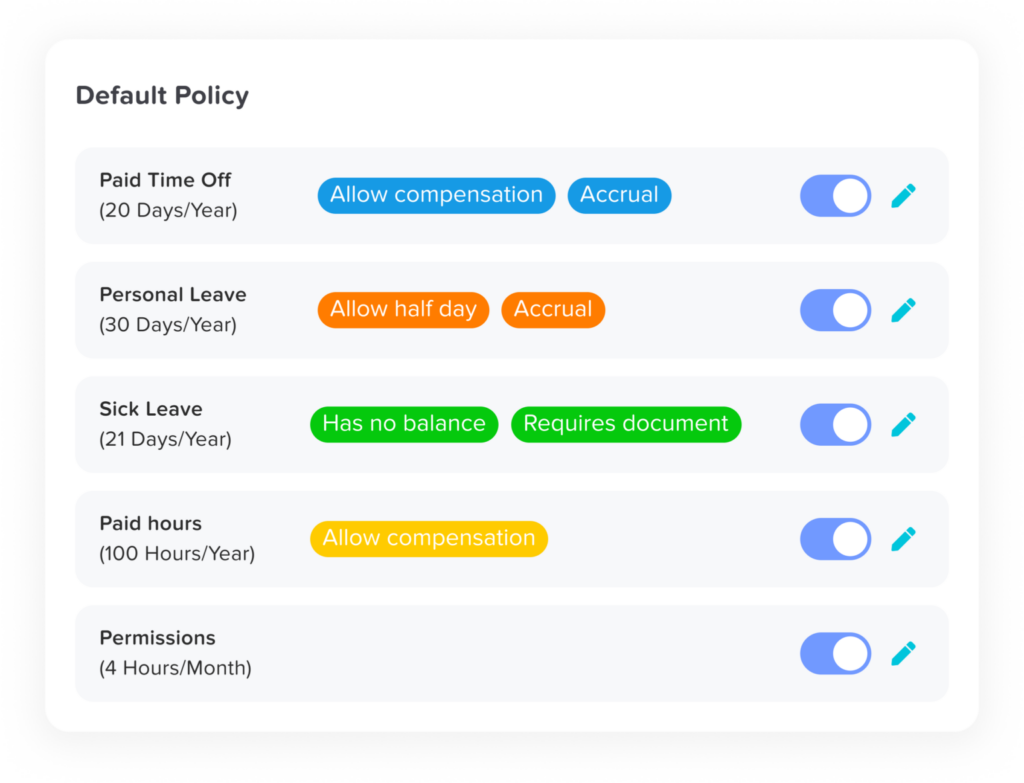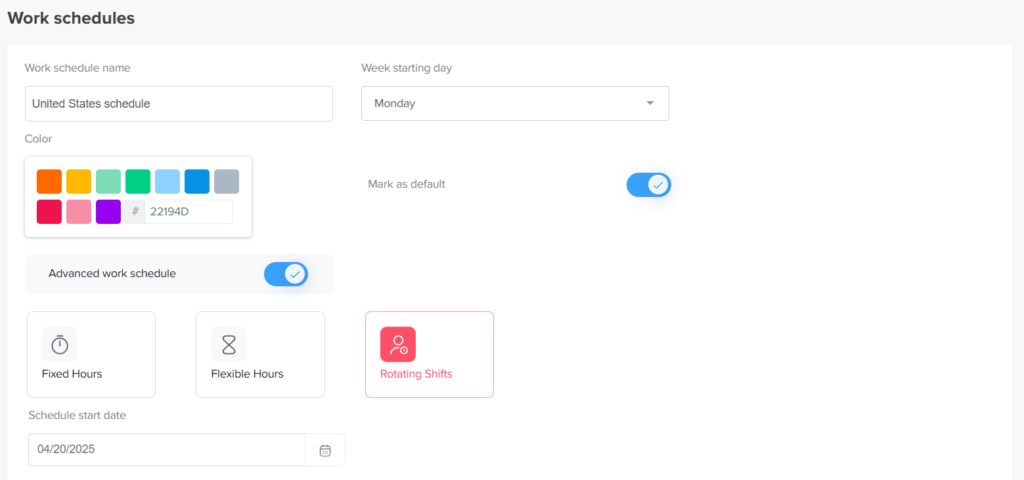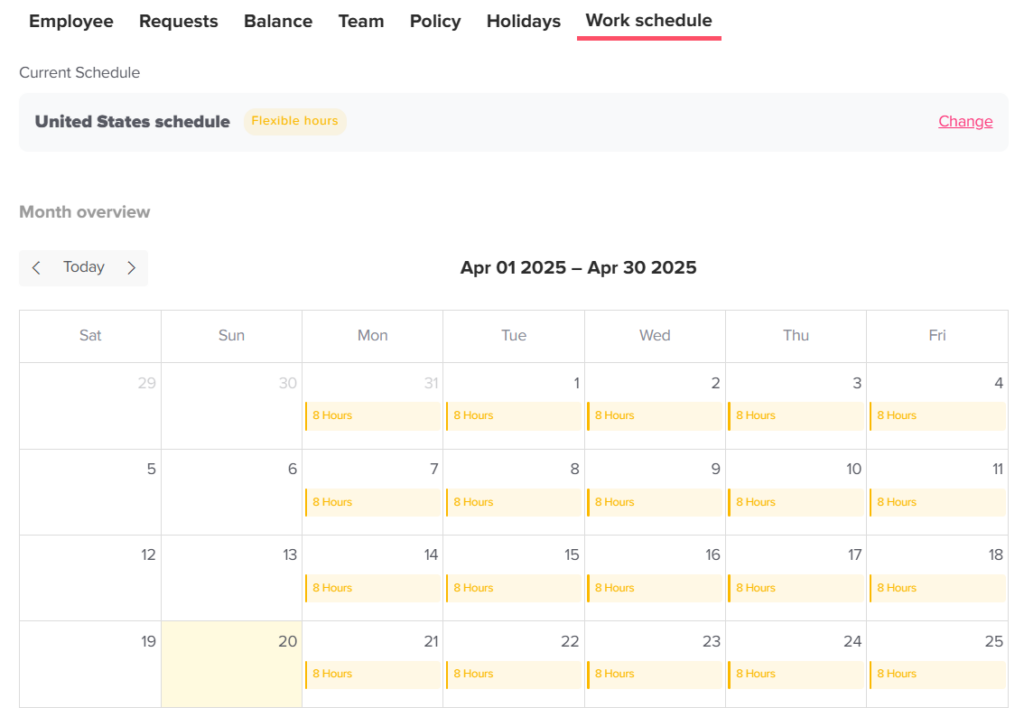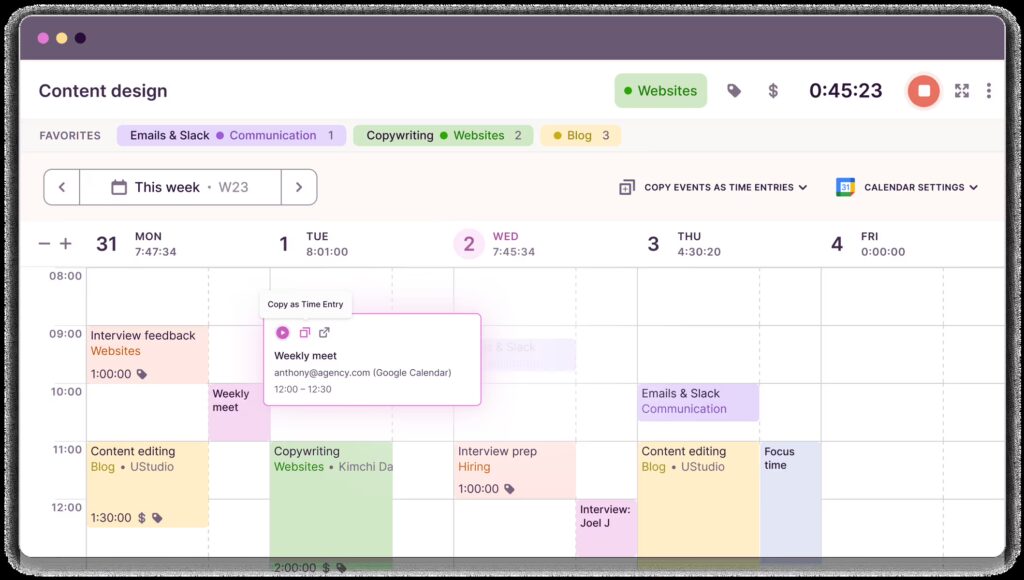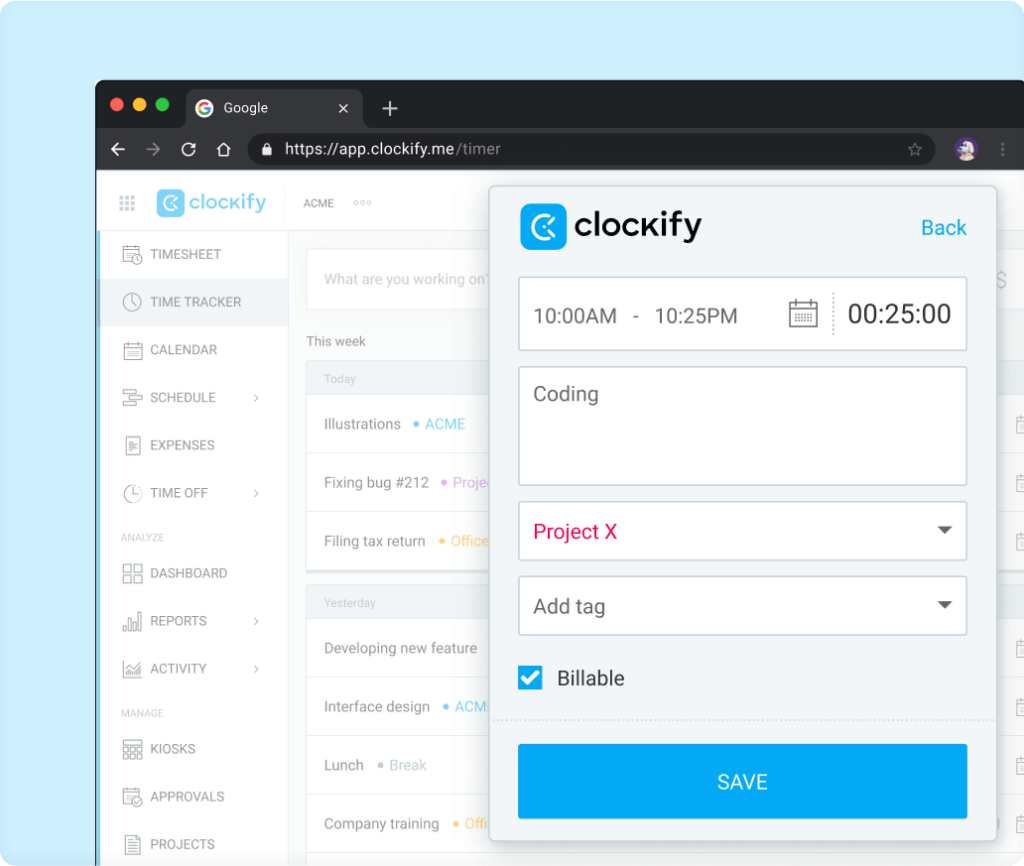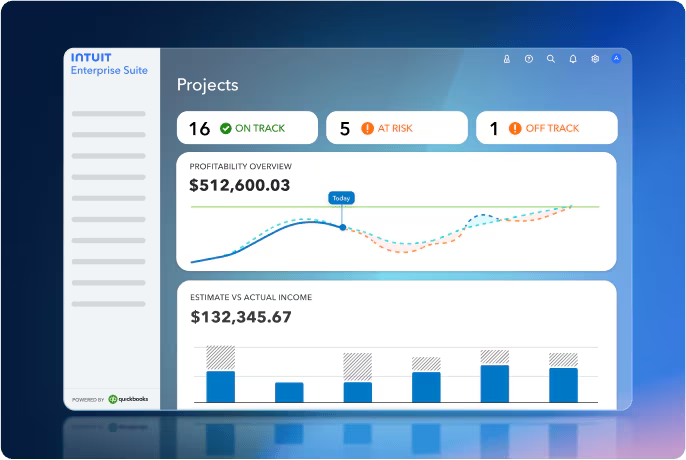Juneteenth National Independence Day, commonly referred to as Juneteenth, is a day of powerful historical and cultural significance. Observed annually on June 19, it commemorates the moment in 1865 when enslaved African Americans in Galveston, Texas, finally learned of their freedom—more than two years after President Abraham Lincoln signed the Emancipation Proclamation.
For today’s workforce, Juneteenth is more than a historical event. It’s a call to action—a reminder of the nation’s complicated legacy with race and labor, and a prompt to assess how far we’ve come and how much further we have to go. In workplaces across the U.S., Juneteenth is also a growing symbol of commitment to diversity, equity, and inclusion.
This article explores Juneteenth’s historical context, how it resonates with workers today, and how both public and private sector employers are recognizing the holiday.
Historical Background: Why Juneteenth Matters
The Emancipation Proclamation vs. Actual Freedom
The Emancipation Proclamation, issued on January 1, 1863, declared that all enslaved people in Confederate states “shall be then, thenceforward, and forever free.” However, because it applied only to Confederate-controlled areas and enforcement depended on Union military success, many enslaved people remained unaware of their freedom—or continued to be held in bondage—well after the proclamation.
June 19, 1865: Freedom Officially Arrives in Texas
On June 19, 1865, Union General Gordon Granger arrived in Galveston, Texas—one of the last Confederate strongholds—and announced that slavery had ended via General Order No. 3. This marked the final implementation of the Emancipation Proclamation and set off celebrations among newly freed Black Texans. The date would later become known as “Juneteenth.”
While July 4 marks the nation’s independence from British rule, Juneteenth symbolizes a different kind of freedom—the end of slavery in the United States—and serves as a more inclusive Independence Day, especially for African Americans.
Federal Recognition and Growing Awareness
In June 2021, Juneteenth was officially recognized as a federal holiday after President Joe Biden signed the Juneteenth National Independence Day Act into law. It became the first new federal holiday since Martin Luther King Jr. Day was established in 1983.
The law mandates that federal government offices close on June 19 (or the nearest weekday if it falls on a weekend), placing Juneteenth on par with holidays like Memorial Day, Labor Day, and Independence Day.
Juneteenth: A Public vs. Private Sector Comparison
Public Sector Observance
Federal employees automatically receive a paid day off on Juneteenth.
State and local governments vary in their observance. As of 2025, at least 29 states and Washington, D.C. recognize Juneteenth as a public holiday, meaning state offices are closed and state workers have a paid day off.
However, some states have not yet made Juneteenth a full holiday, instead recognizing it through proclamations or as an optional holiday.
Private Sector Observance
Private companies are not required by law to give employees Juneteenth off—even if it is a federal holiday.
However, an increasing number of large corporations have voluntarily chosen to:
Give employees a paid day off (e.g., Nike, Twitter, Salesforce).
Offer flexible hours or encourage volunteering.
Host educational events or internal celebrations.
Small and mid-sized businesses vary widely. Many still do not observe the day formally, often due to a lack of awareness or perceived business needs.
Comparison Summary:
| Sector | Is Juneteenth a Paid Holiday? | Notes |
|---|---|---|
| Federal Government | ✅ Yes | Official federal holiday since 2021 |
| Most State Governments | ✅ Yes (in many states) | Varies by state law or executive order |
| Private Sector (large companies) | 🟡 Sometimes | Growing trend toward observance |
| Private Sector (small businesses) | ❌ Rarely | Often not observed unless voluntarily adopted |
What Juneteenth Means in the Workplace
1. Recognition of Historical Injustice
Juneteenth is not only a commemoration of freedom from slavery—it is a symbol of how justice delayed is justice denied. Although the Emancipation Proclamation had been law since 1863, many Black Americans didn’t see actual freedom until years later.
In the workplace, this echoes the persistence of inequality:
Black workers are still underrepresented in executive and senior leadership roles.
Wage disparities exist across nearly every industry, with Black workers earning on average less than their white counterparts for the same roles.
Discrimination and bias, both overt and subtle, continue to impact hiring, promotions, and workplace culture.
Recognizing Juneteenth allows employers and coworkers to acknowledge these realities and commit to improving conditions for all workers—especially those who have historically been marginalized.
2. A Call to Action for Inclusion and Equity
Juneteenth is not just about history—it’s about the present and future of labor rights and social justice. It provides a clear opportunity for companies to examine their:
Hiring and promotion practices
Employee resource groups (ERGs) and support networks
Anti-bias training and ongoing DEI initiatives
Pay equity audits
Employers can also partner with Black-led organizations, support Black-owned vendors, and create pipelines for diverse talent development. The best way to honor Juneteenth isn’t just to offer a day off—it’s to actively build workplaces where every employee can thrive.
3. Time for Reflection, Education, and Dialogue
Offering Juneteenth as a paid holiday or organizing observances sends a powerful message: this company or institution values its people and their histories.
Ideas for observance include:
Workshops or guest speakers discussing the history of slavery, civil rights, and systemic racism.
Volunteer opportunities with local civil rights or youth empowerment organizations.
Book clubs or movie screenings featuring Black voices and stories.
Internal town halls or listening sessions focused on racial equity in the workplace.
These activities can deepen understanding and strengthen relationships among coworkers, fostering a more respectful and inclusive environment.
Juneteenth and Labor Rights: A Shared Legacy
Juneteenth is closely connected to broader labor rights movements. After slavery, formerly enslaved people were often forced into exploitative labor systems like sharecropping or convict leasing. Their work remained underpaid and undervalued—a legacy that still affects economic equity today.
Economic Freedom and Justice
The Black community has historically faced systemic barriers to wealth creation, including:
Redlining and housing discrimination
Unequal access to education
Employment discrimination
Juneteenth reminds us that economic justice is part of racial justice—and that the fight for freedom doesn’t end with legal emancipation. It continues in the push for fair pay, safe working conditions, healthcare, and dignity on the job.
Unions and Civil Rights
The labor movement and the civil rights movement have long been intertwined.
Dr. Martin Luther King Jr. was supporting striking sanitation workers in Memphis when he was assassinated in 1968.
Many Black workers were at the forefront of union organizing, fighting for not only better wages but also human dignity.
Celebrating Juneteenth also honors these efforts and reminds us that the struggle for justice extends beyond the past—it is an ongoing, collective responsibility.
Conclusion: Making Juneteenth Meaningful in Your Workplace
Whether you work in the public or private sector, Juneteenth is an opportunity to reflect, engage, and act. For workers, it’s a time to celebrate freedom, honor the contributions of Black Americans, and push for a better, more equitable workplace.
For employers, Juneteenth should be more than a day off—it should be part of a comprehensive strategy to promote inclusion and justice. That means:
Investing in equitable hiring and advancement
Listening to and valuing diverse perspectives
Educating teams about historical and current injustices
Taking meaningful action to address disparities
By acknowledging the full story of American independence—including its darkest chapters—we can move toward a more united and just workforce for all.






